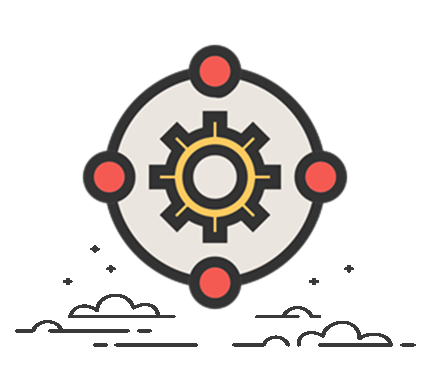How to Prioritise Corporate Innovation Initiatives


When it comes to corporate innovation, there are indeed no silver bullets.
The best way to figure what works for your organisation is to take small bets across a number of initiatives, as one would when building a new product using the lean startup philosophy.
When I work with organisations I usually first identify the stage of maturity their innovation program is in.

But with so many potential initiatives to explore, where do we begin? Surely, we don’t just do them all. Of course not.
To prioritise what to do first perhaps take a leaf out of the world’s of Agile and growth hacking.
First, assume we’re in the outcome stage - let’s draw up a backlog of potential initiatives.
Place all of the potential initiatives that can address your objective in the backlog.

Second, prioritise which initiative you perform first based on the ICE method.
Impact: The possible impact the idea could have on the business if considered a "win".
Confidence: This relates to how confident you are in whether it'll result in a win.
Ease: This relates to how many resources, and what kind, are needed to implement the idea (think time, cost etc).
If you score 7 for impact, 9 for confidence and 5 for ease you then add that up and divide it by 3 to come up with 7. Apply this across the board and prioritise the highest number first.
In the following example, the final scores are shown and a hackathon is selected as the first initiative to explore.

ADVERTISEMENT
ADVERTISEMENT
Now of course this is just one of many methods you can use to prioritise initiatives.
What matters next is defining what success looks like and your one metric that matters (OMTM).

This will determine whether said initiative was successful or not and whether you should do more of it, less of it or tweak your approach.
Taking our previous example further, you want to define your baseline OMTM (where you are today), your target OMTM and the result of your initiative, as follows.

In this example we can see that we hit our target for experiments run during the 3 day hackathon and moved the needle from where we are today by a considerable amount. This is a successful test. However, we might want to try other approaches to see if we can do even better.
This ultimately serves to help us wrap some sense and clarity around the roll-out of our corporate innovation program as there are simply far too many initiatives and tools teams can explore to move the needle on their efforts.
.png)
The WorkFlow podcast is hosted by Steve Glaveski with a mission to help you unlock your potential to do more great work in far less time, whether you're working as part of a team or flying solo, and to set you up for a richer life.
To help you avoid stepping into these all too common pitfalls, we’ve reflected on our five years as an organization working on corporate innovation programs across the globe, and have prepared 100 DOs and DON’Ts.
ADVERTISEMENT
ADVERTISEMENT